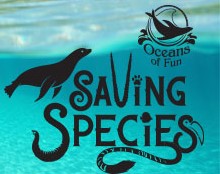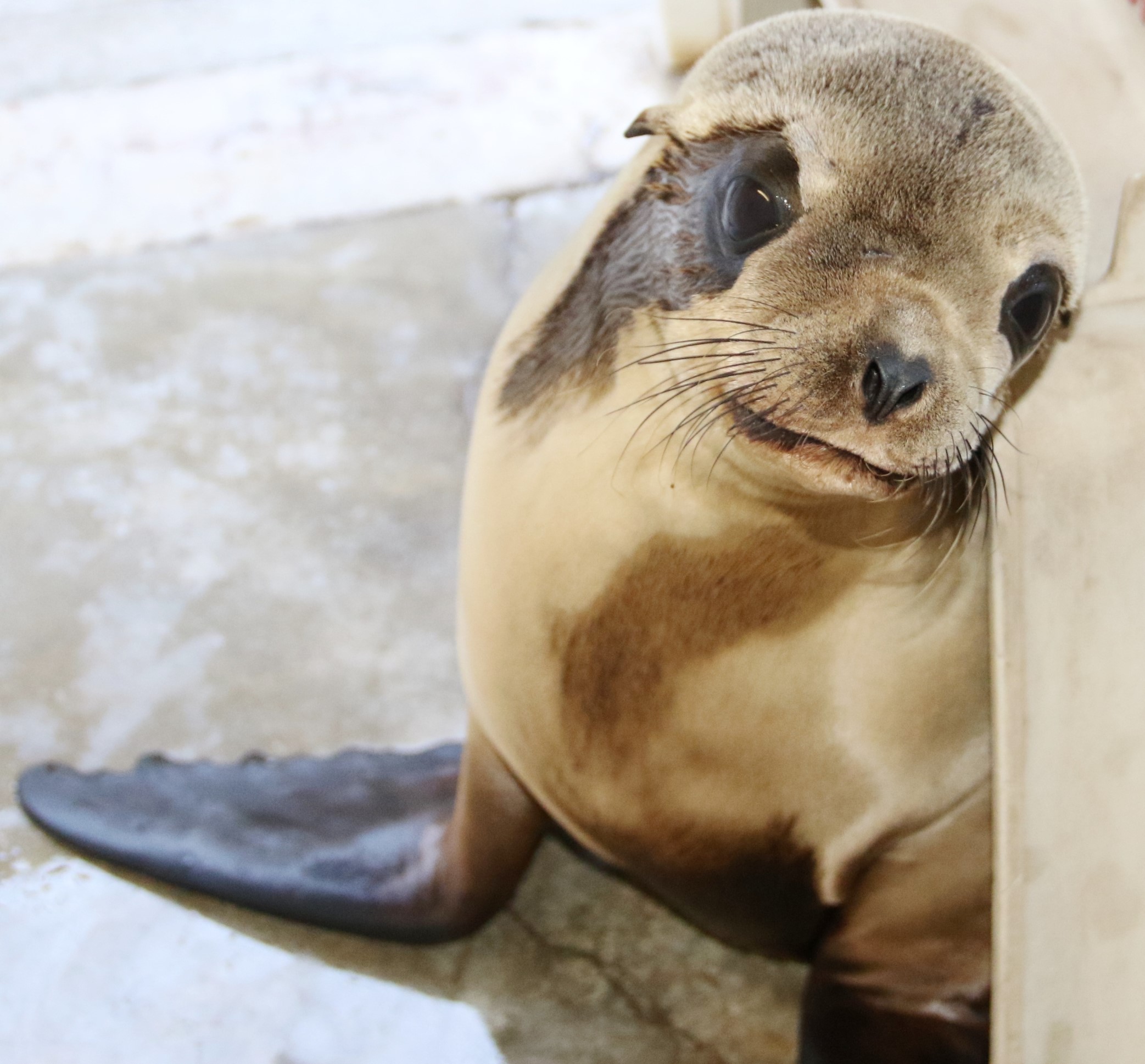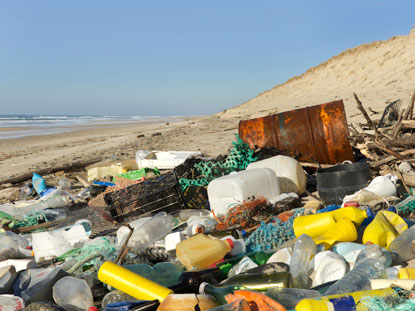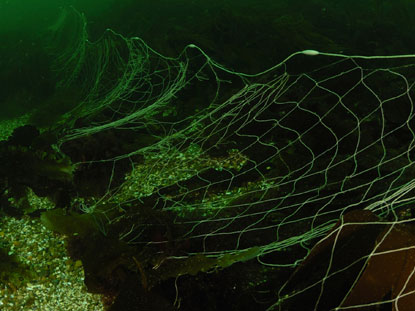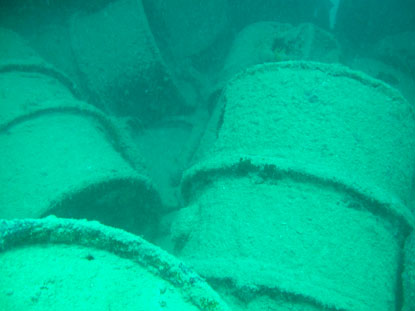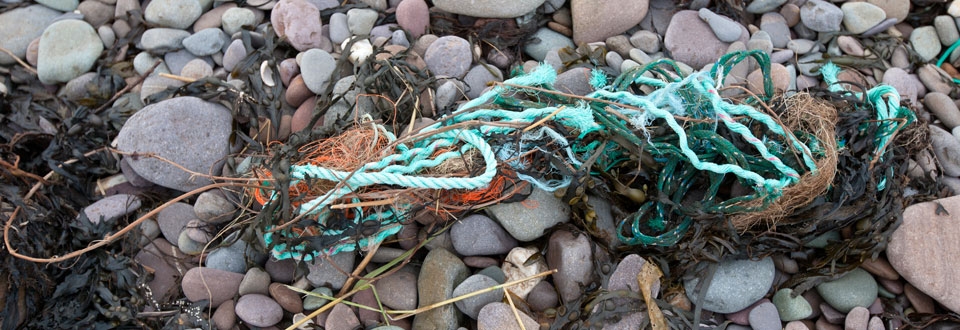
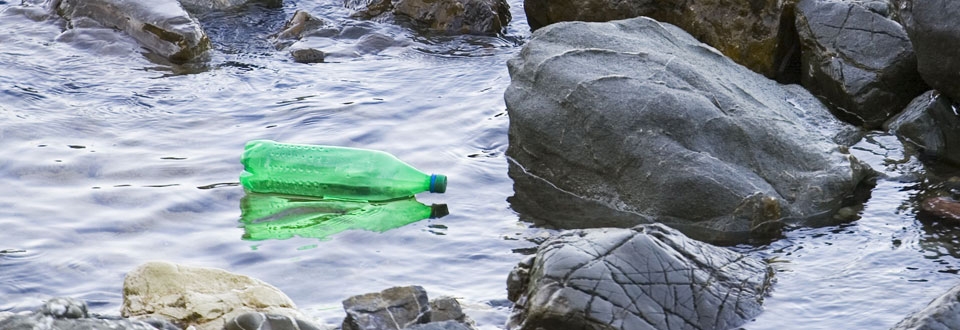
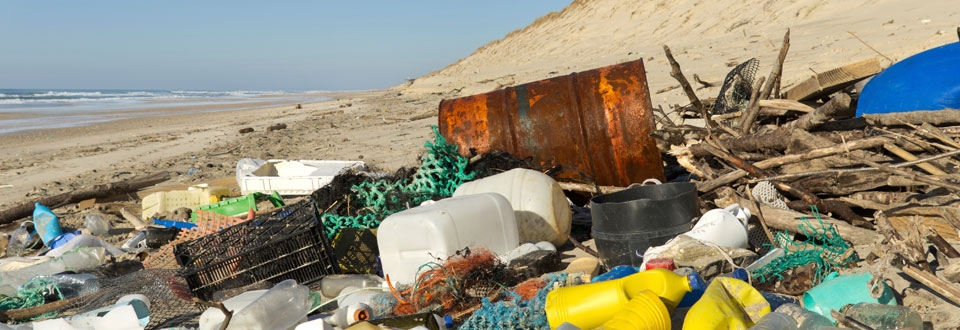
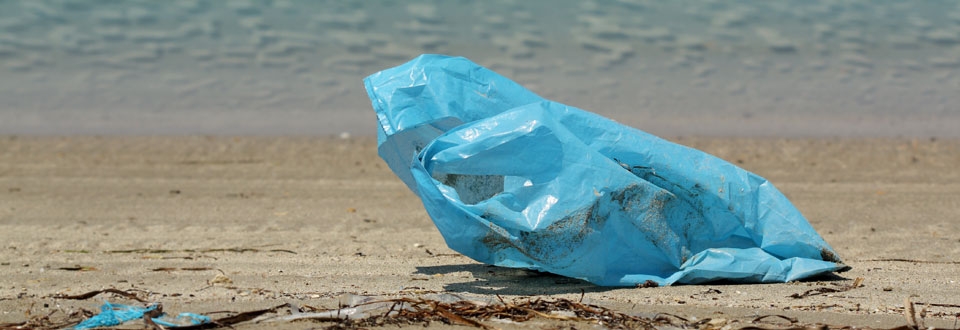
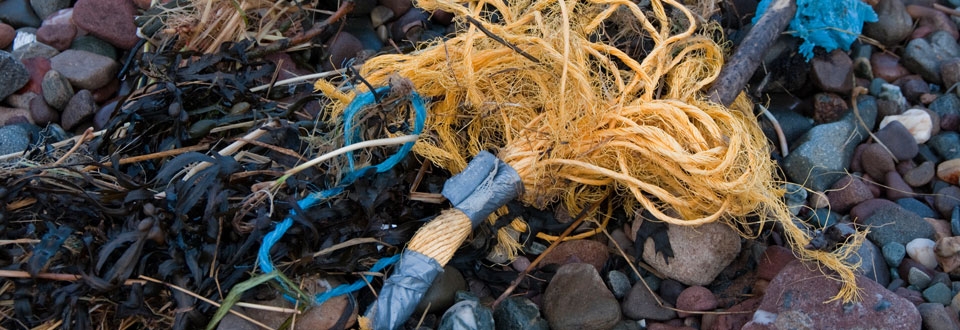
Marine Debris
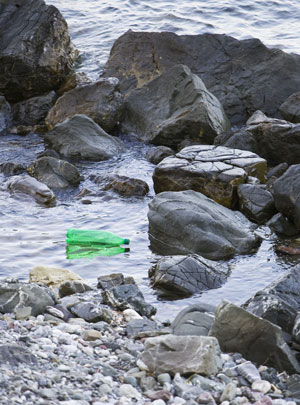 What is marine debris?
What is marine debris?
Marine debris is any man-made object that enters the coastal or marine environment. From the tiniest piece of plastic to giant free-floating fishing nets, ocean pollution causes many challenges for animals in the wild. This debris may enter the oceans through a variety of avenues including direct addition or indirect sources when it is washed out to sea via rivers, streams and storm drains.
Marine debris impacts all aspects of life. Animal health and safety are major concerns as animals become entangled in discarded waste or ingest foreign objects mistaken for food. In addition to the effects on animal well-being, ocean pollution presents problems for fishing industries, human health and safety, and provides an unappealing view of our world’s most precious resource. The impacts on the world’s economy and biodiversity are detrimental to life as we know it.
Garbage Patches
A garbage patch is an area of marine debris concentration. There are two garbage patches located in the North Pacific Ocean. These large accumulations of trash are composed of many different kinds of debris, much of which is comprised of small bits of floating plastic from land and ocean based sources. Ocean currents and circulation patterns trap the material in a cyclone of water creating large areas of ocean trash. Garbage patches can form in the open ocean or in areas closer to land where marine life is prevalent. Because the ocean patterns alter annually and change in response to environmental factors such as El Niño, the size of these garbage patches and exact location do not remain stagnant. The characteristics of each garbage patch changes in response to ocean conditions making it difficult to determine their true ecological footprint.
The Great Pacific Garbage Patch is comprised of marine debris brought together by slow moving ocean currents. The patch’s size is not known but some scientists estimate it to be twice the size of Texas and weighing approximately 3.5 million tons. Approximately 80% of the marine debris comprising the garbage patch comes from land that is washed into the Pacific Ocean with 20% entering the ocean from cargo, fishing and other oceangoing ships that spill their contents. Though the Great Pacific Garbage Patch is a large conglomerate of trash in the ocean, it is not the only place marine debris exists in the Pacific. Currently, some islands in the Hawaiian archipelago are covered with piles of trash up to 10 feet deep. The Great Pacific Garbage Patch continues to grow on a daily basis and will eventually land ashore bringing its contents with it.
Common Debris
Trash in the ocean kills more than one million seabirds and 100,000 marine mammals and turtles each year through ingestion and entanglement. Plastics and fishing gear greatly contribute to the problem.
Plastic |
Fishing Gear |
Extreme Litter |
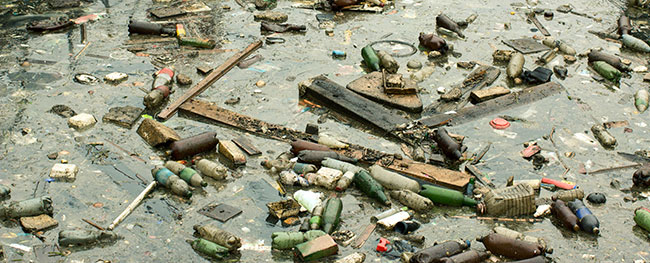
Impacts
Marine debris poses a deadly threat to marine and coastal ecosystems. Hundreds of thousands of sea turtles, seabirds and marine mammals are killed annually when they ingest or become tangled in plastic debris. Plastic bags floating through the water resemble jellyfish, a favorite meal for a sea turtle. Fishing lures, hooks, and lines can be swallowed and cause internal injuries. Looped debris such as six-pack rings, rubber bands, packaging material and discarded fishing nets can cause entanglement issues for a variety of marine species.
When animals ingest foreign objects they may suffocate or die of starvation. Six-pack rings stunt animal growth and cut into their skin causing injuries. Ghost nets entangle marine life causing them to drown. As trash continues to accumulate in our oceans, these threats continue to grow as well. Marine animals are constantly faced with challenges from pollution that make it difficult to survive in the wild.
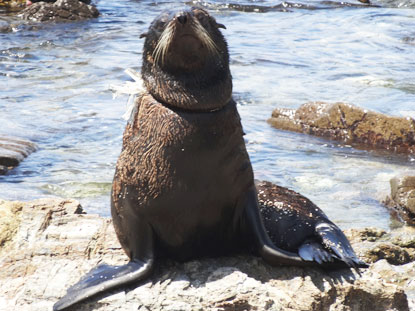 Take Action Against Ocean Pollution
Take Action Against Ocean Pollution
Marine debris can seem like an overwhelming problem but there are simple steps you can take to help keep our oceans clean.
- Cut apart six-pack plastic rings. If left uncut in the trash, they can make their way to the ocean and trap an unsuspecting animal.
- Bring your own reusable shopping bags whenever you shop.
- Participate in a beach clean-up. Always take a bag with you when you go to the beach and pick up what you can. Every little bit makes a difference.
- Be sure to properly dispose of fishing lines and lures, as animals can mistake them for food if they end up in the water. You could even try to use biodegradable fishing lines on your next fishing trip.
- Select reusable items whenever possible and repurpose old items.
- Try buying milk in glass containers that can be returned to the grocery store.
- Recycle everything. More and more items can be recycled if you take advantage of proper recycling stations and centers.
- Bring your own reusable cup to the café when you buy that morning latte.
- Carry a reusable water bottle to work and school
Sources
Marine Mammal Center www.marinemammalcenter.org
NOAA: Marine Debris www.marinedebris.noaa.gov
Northern Illinois University:Plastic Facts www3.niu.edu/recycling/alum_facts/page4.html




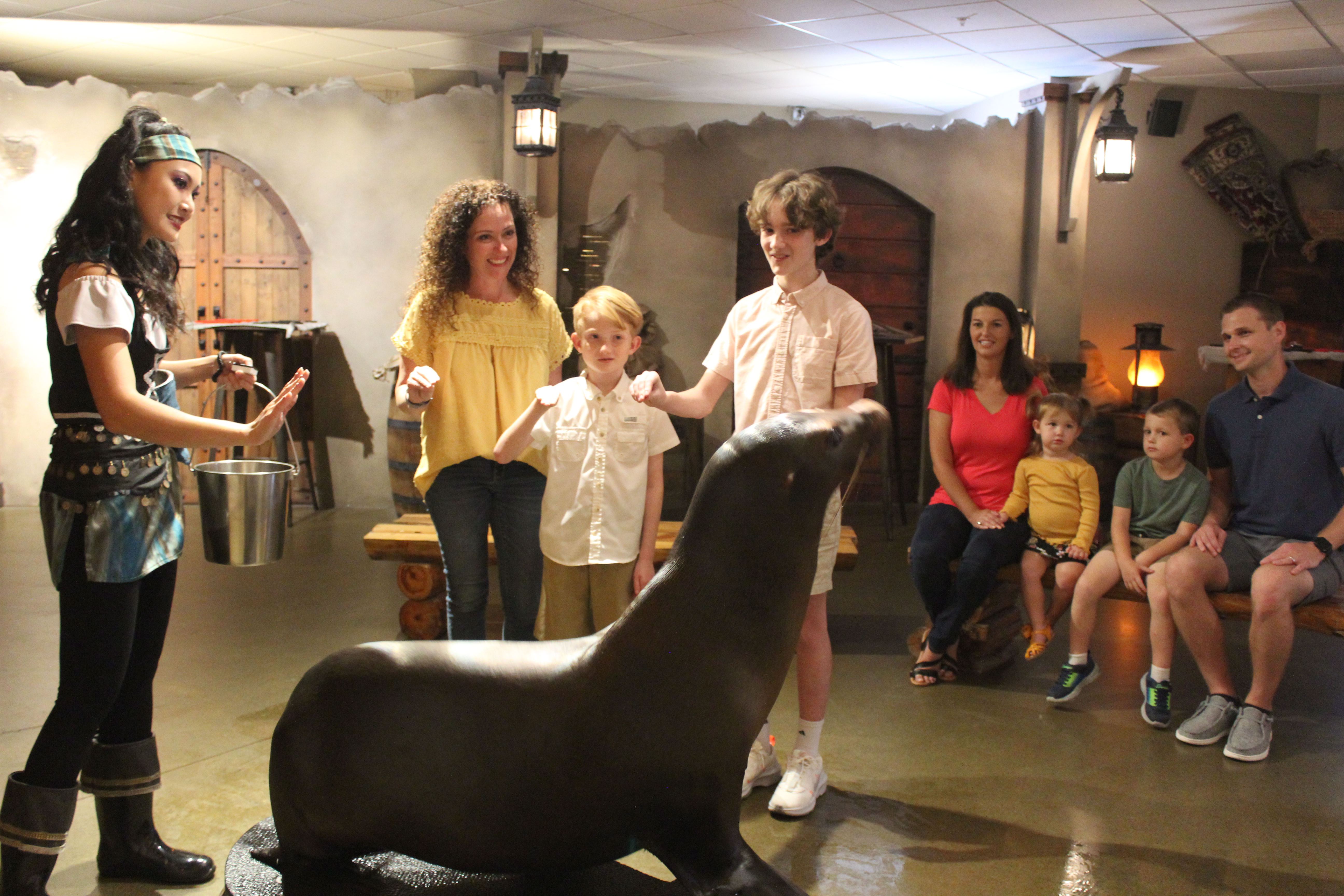 Animal Encounter
Animal Encounter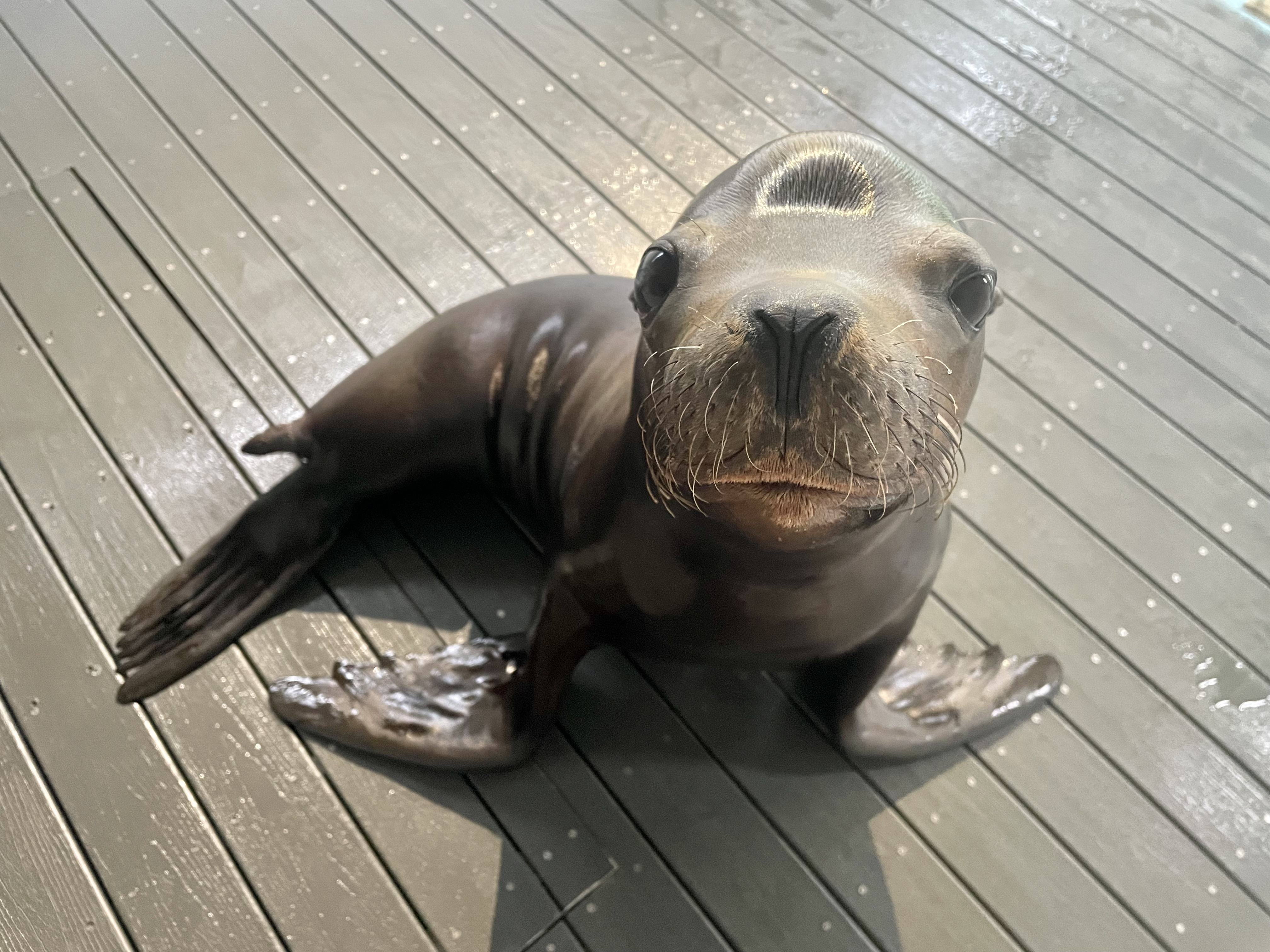 Our Locations
Our Locations
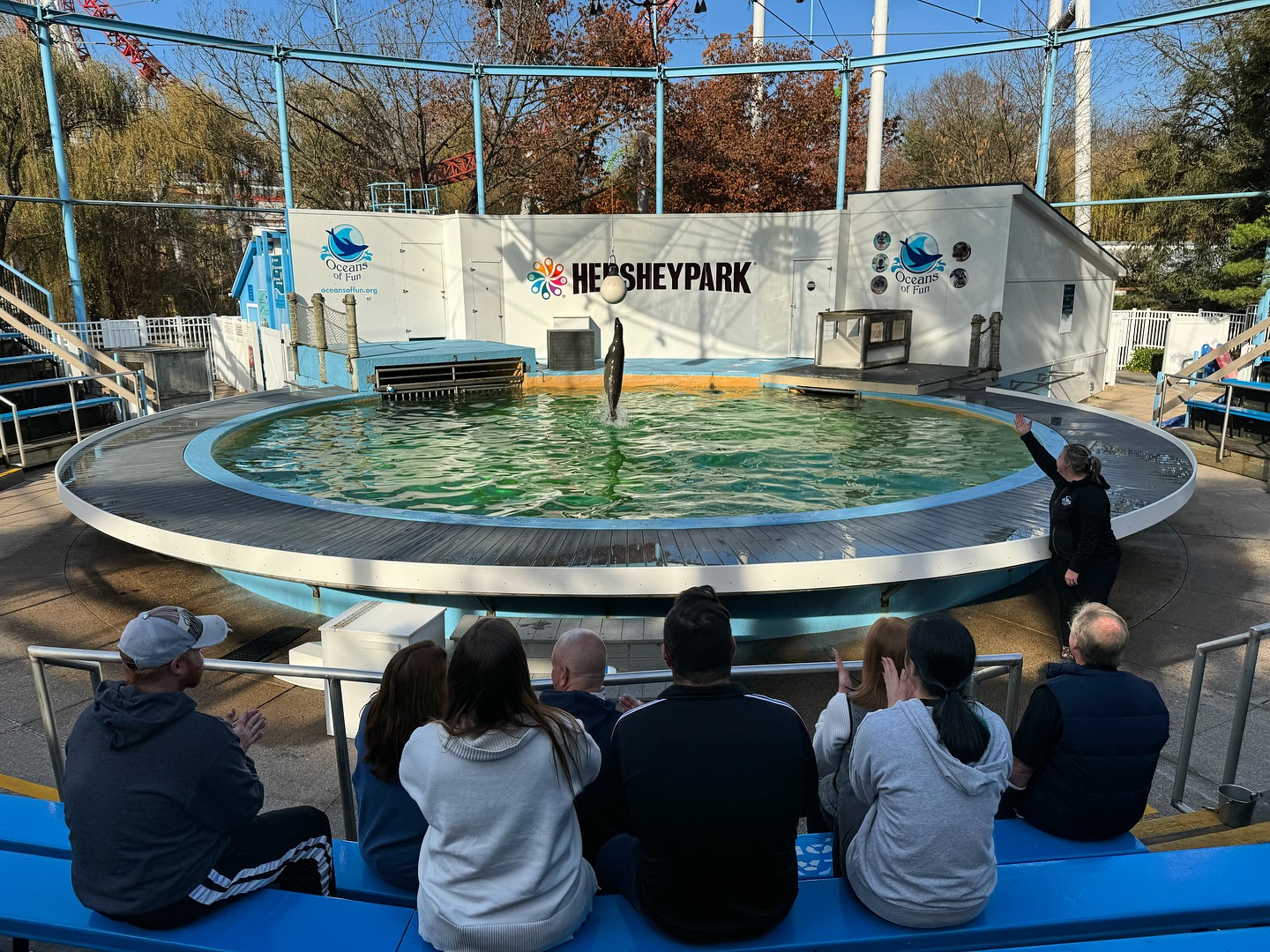 Family Fun
Family Fun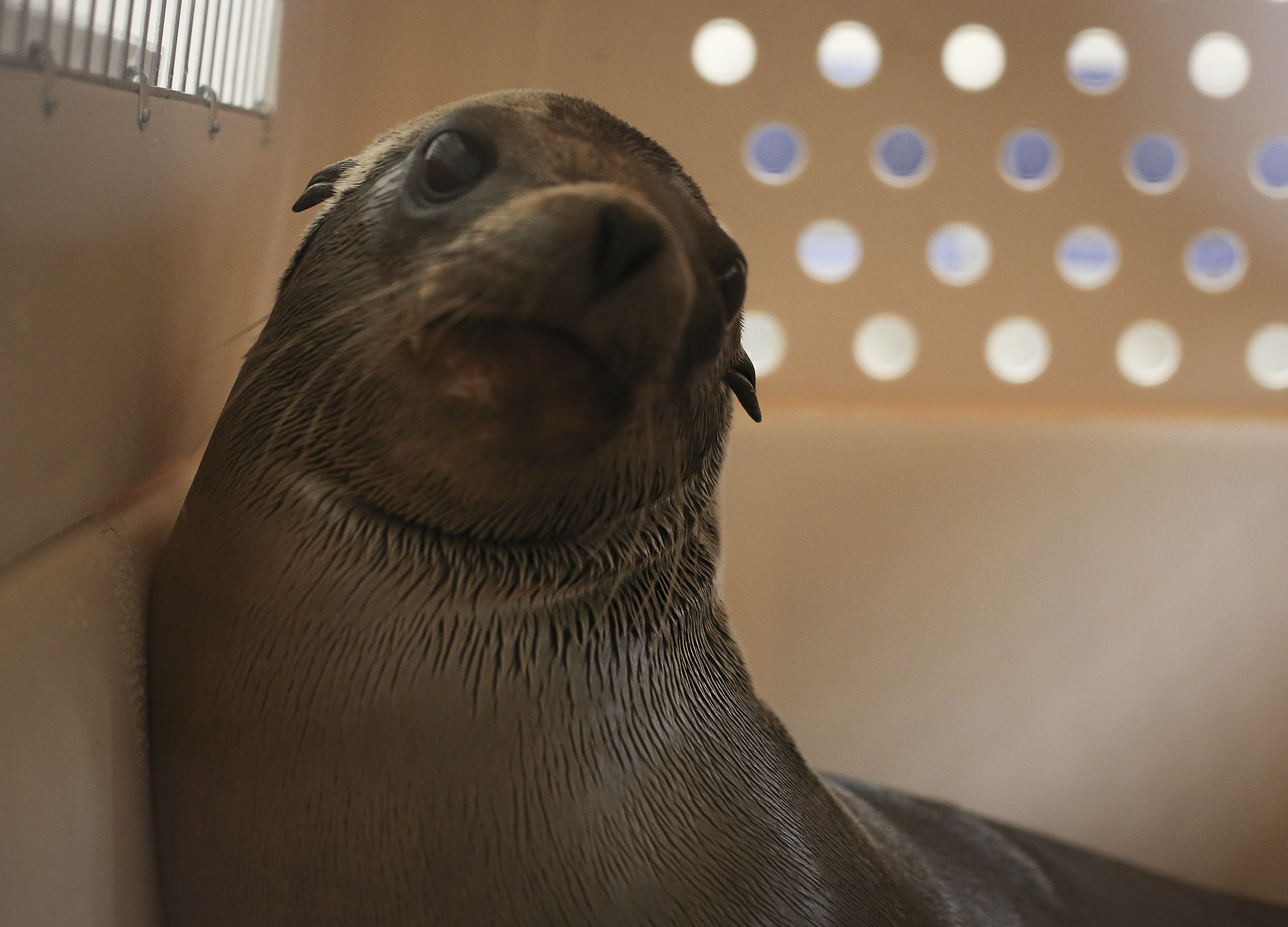
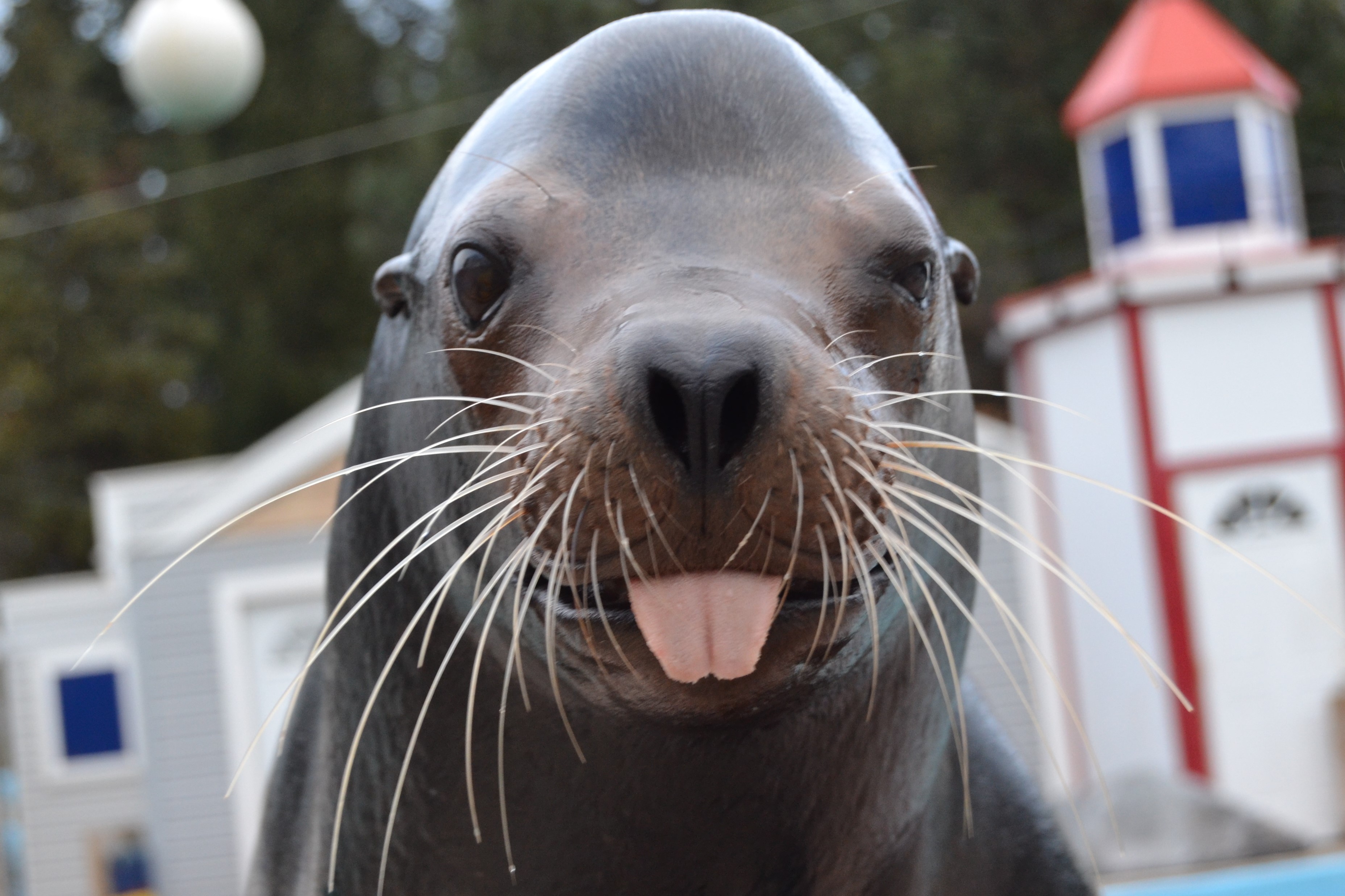
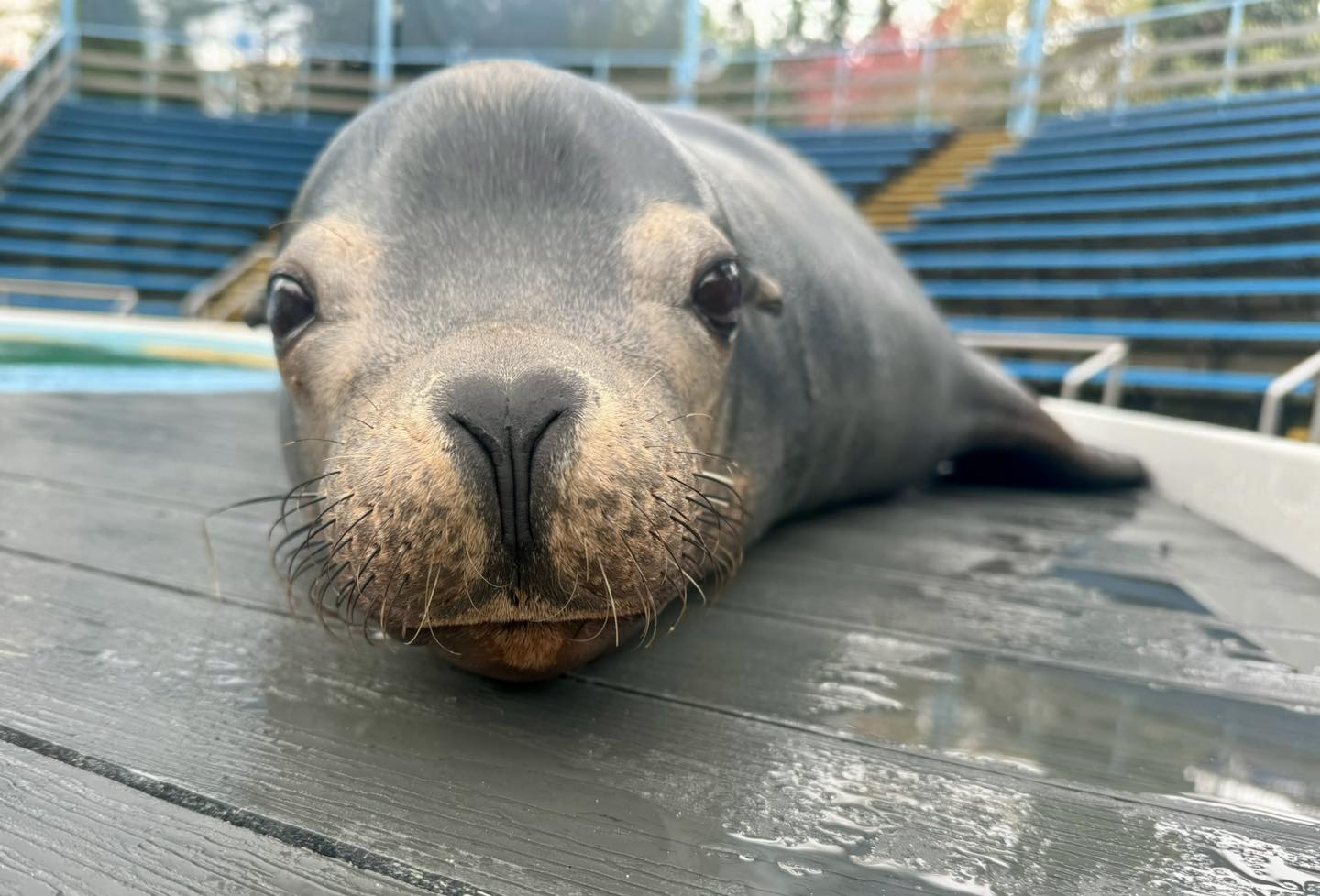 Meet Ripley!
Meet Ripley!
